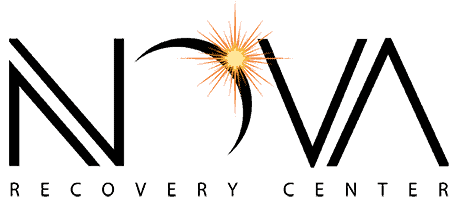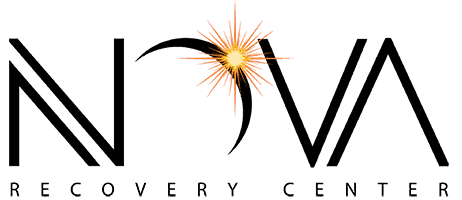Last Updated on September 30, 2025
Demystifying Addiction Treatment
At a Glance: Demystifying Addiction Treatment
- Explains addiction as a chronic health condition affecting brain chemistry and behavior.
- Breaks down the treatment process into three key steps: detox, rehabilitation, and relapse prevention.
- Highlights the importance of professional detox to safely manage withdrawal symptoms.
- Describes how rehab combines behavioral therapy, coping skills, and community support.
- Emphasizes relapse prevention through ongoing aftercare, medication management, and long-term support systems
Table of Contents
Drug addiction is a chronic health condition that inhibits an affected individual’s ability to control their behavior and impulses when it comes to their drug intake, despite the negative health and social consequences of their drug use. Drug addiction is such a dangerous disease because the long-term use of the drug affects our brain chemistry, leading to changes in our reward systems.
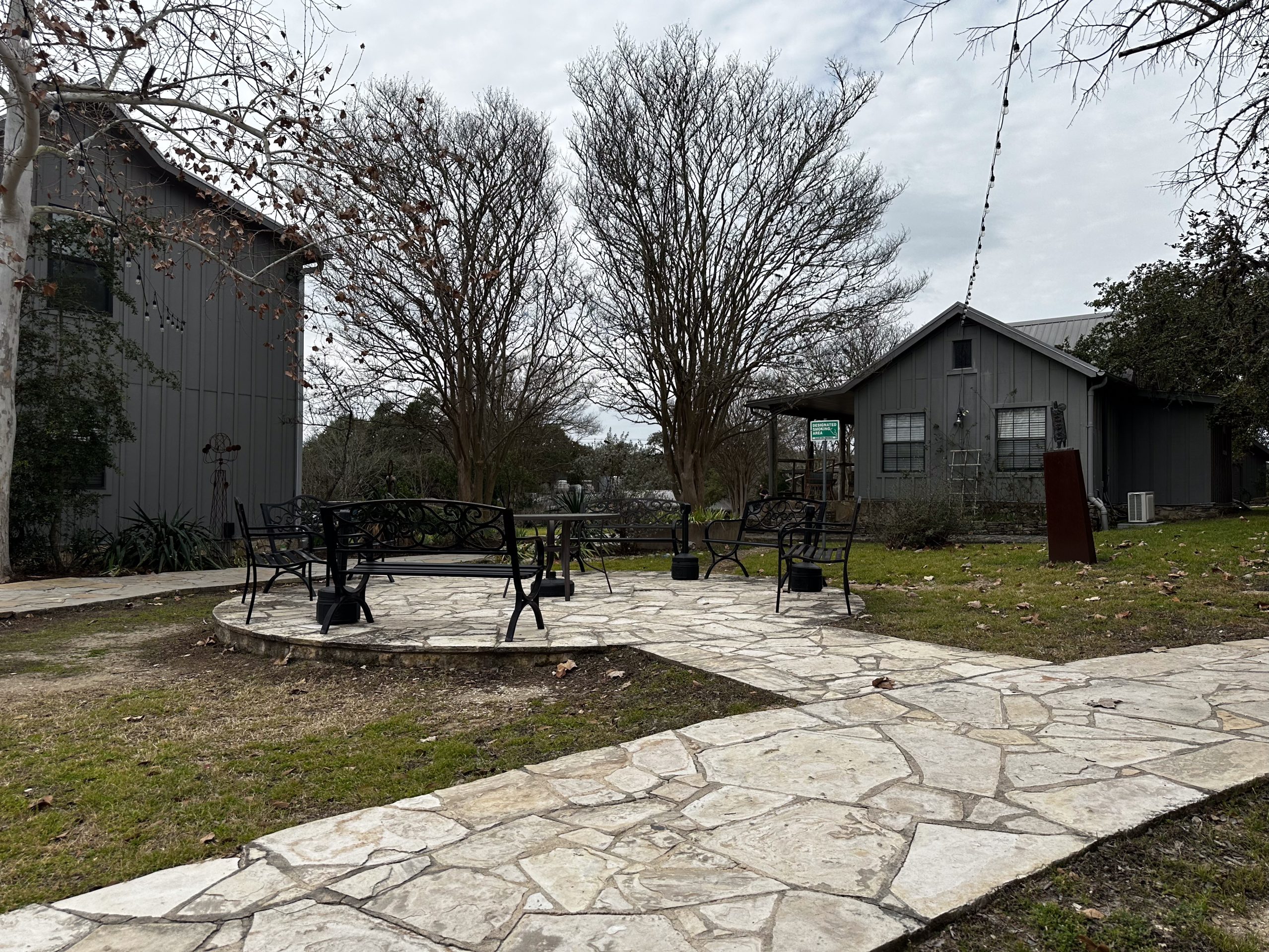

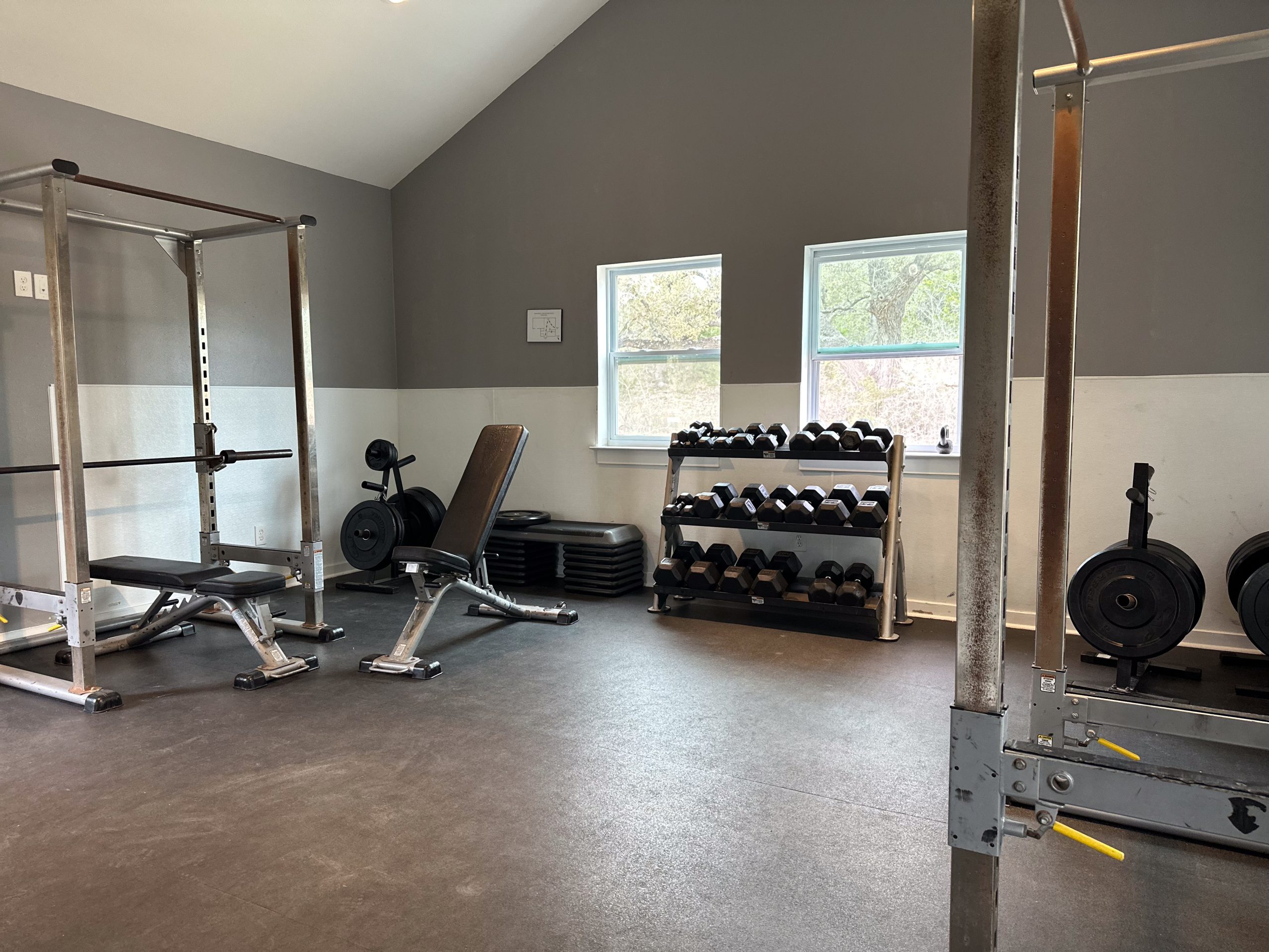



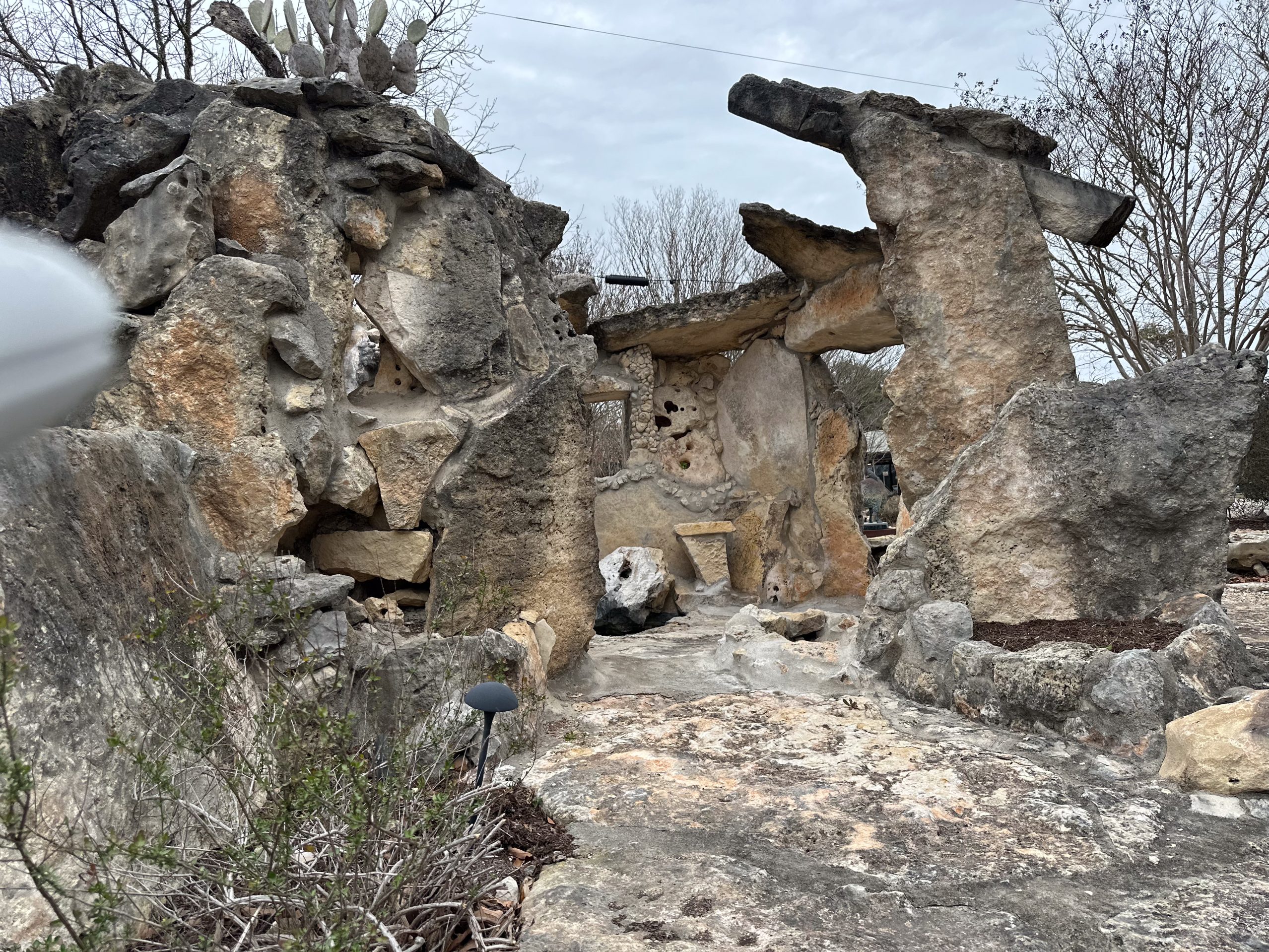
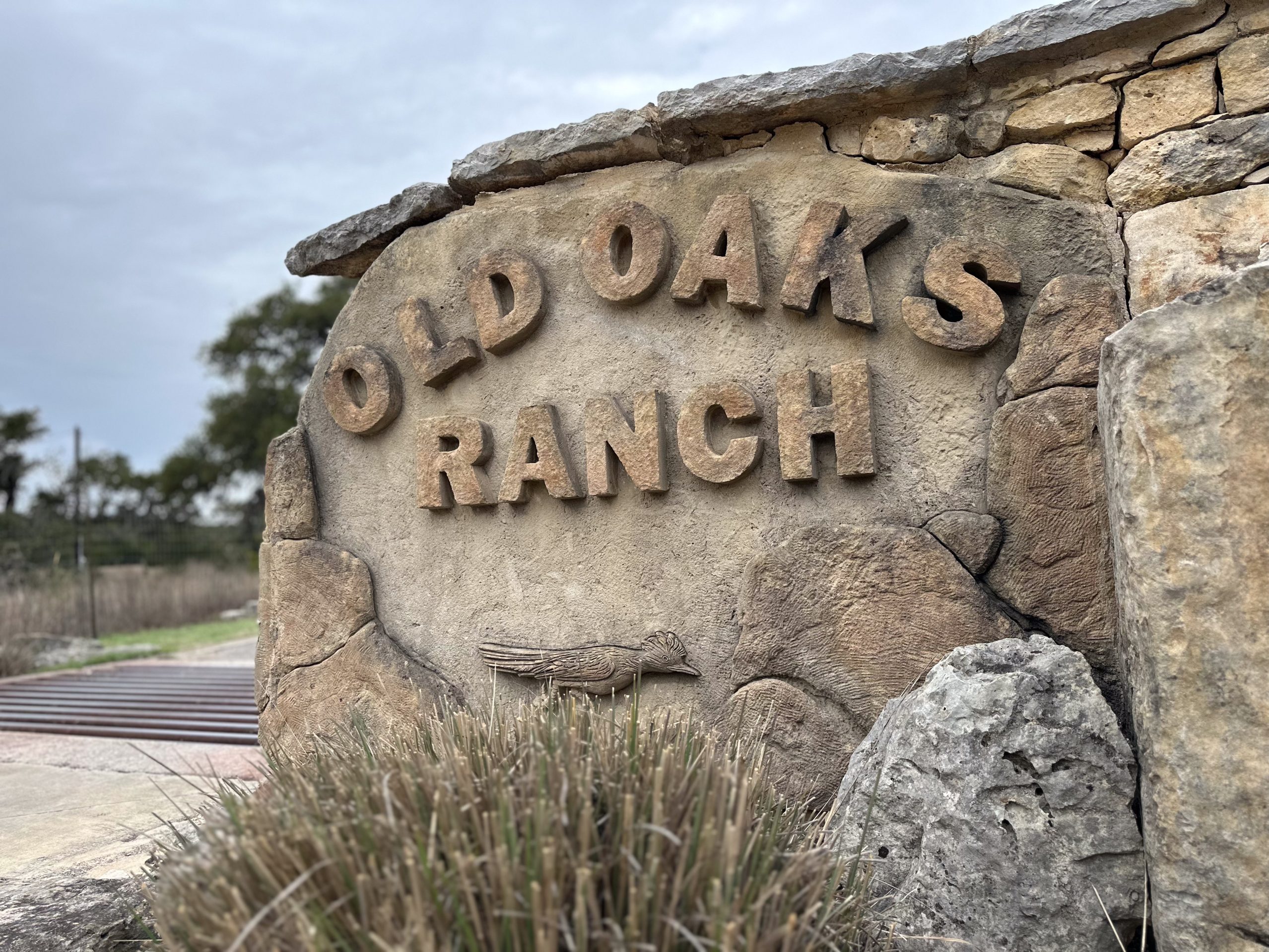
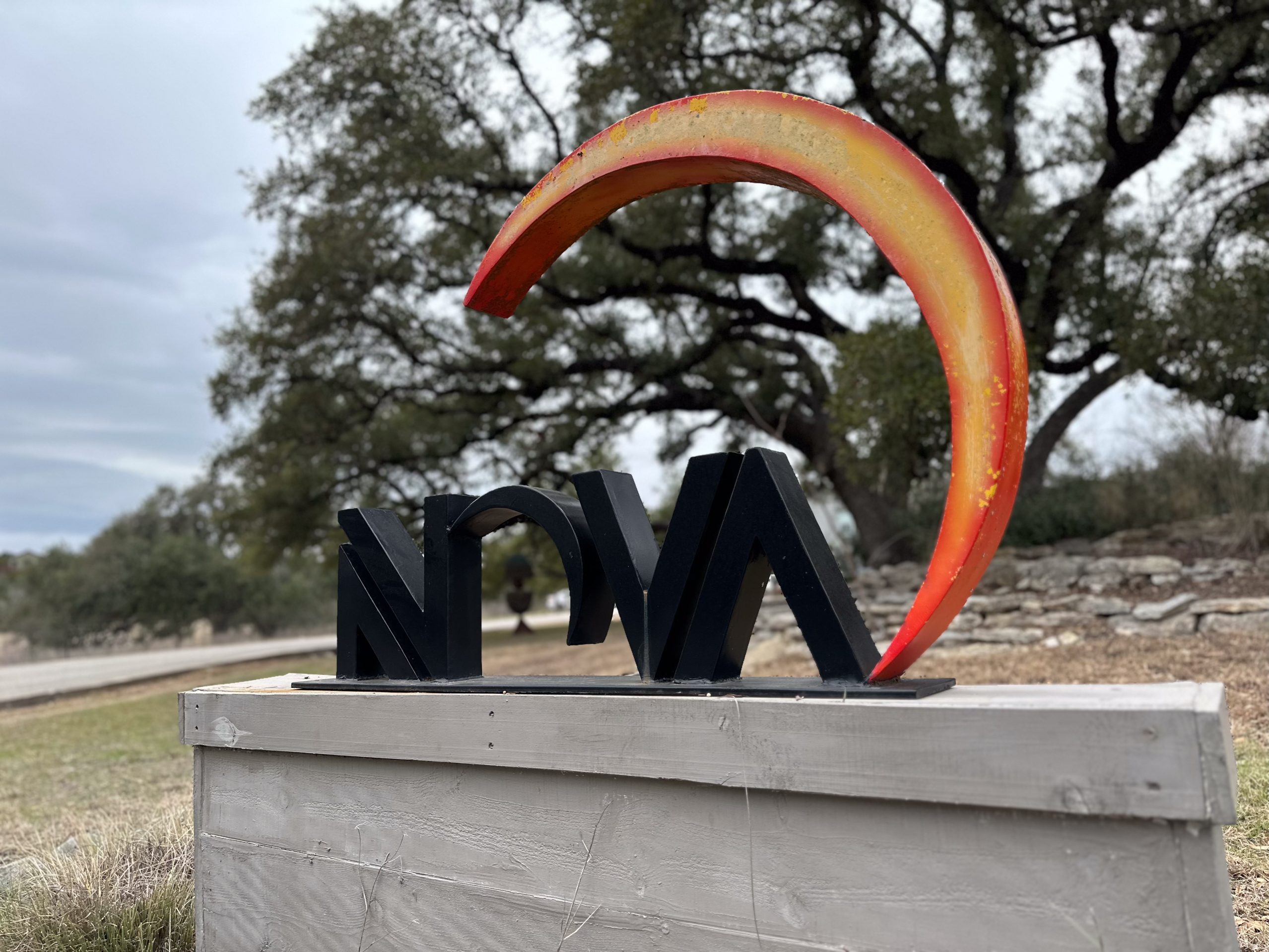

Drug addiction is widespread, in that one-in-ten adult Americans suffer from a Substance Abuse Disorder of some kind, according to the National Institute of Health. The Institute also reports that less than 20 percent of adults actually receive any type of treatment. This is due to a variety of factors that include distrust or a lack of belief in drug treatment, the stigma that lingers around drug use, a lack of education about drug abuse, and a lack of access to treatment centers, like Nova Recovery Center in Austin, Texas.
Given that the criticism about treatment could stem from a lack of awareness about the process, here are the major steps of the treatment process explained. The process consists of the following steps:
- Detoxing & managing withdrawal
- Rehabilitation
- Relapse Prevention
For Drug addiction Treatment – Detoxing and Managing Withdrawal
Detoxing refers to the process in which the drug is removed from the patient’s body by ceasing drug use. It is recommended that detox be done under the care of medical detox in Austin due to the symptoms that present during withdrawal. These are experienced by the afflicted patient as the body and brain adjust to the absence of the drug and can include sweating, nausea, vomiting, cramps, an erratic heart rate, auditory and/or visual hallucinations, and constipation to name a few. Briarwood Detox Center in Austin, Texas is an example of a treatment center that caters specifically to this part of the process. In addition, to help manage the discomfort, medications can also be used during this process to counter withdrawal symptoms, via medication‑assisted treatment (MAT).
Freedom Starts Here. Take Back Your Life Today.
Same-Day Admissions in Austin Available.
Rehabilitation
Rehabilitation is a treatment process that combines medications with behavioral therapy to help identify triggers in patients’ lives and offer alternatives to drug use for coping with those triggers. Rehabilitation clinics cater to a spectrum of patients, from high-end clinics to more affordable options. For flexible care, our intensive outpatient program (IOP) lets you live at home while attending therapy.Rehabilitation offers a great benefit to recovering patients in that it provides an isolated environment in which they can slow down and take the time to deal with their disease (e.g., our 90‑day residential inpatient rehab).
Going to rehab doesn’t have to be voluntary, but does require the patient to take an active effort in improving and changing their behaviors and patterns. It teaches them new coping mechanisms and life skills and proves them a chance to network and find a community of those afflicted with the same condition.
Rehabilitation Success Story: Get to Know Emily’s Experience During Rehabilitation
Relapse Prevention
This involves both medication and checking in on the patients after they leave the rehabilitation center with a structured relapse prevention plan. This is key as relapse is preventable with the right changes in behaviors and with a strong peer recovery support. Most centers offer an aftercare program that could last up to 15 months-often supported through sober living in Austin-after release and includes check-ups, help to manage medications, and offering patients coping strategies that could help them offset cravings.
Drug addiction is a dangerous disease made even more threatening by the lack of access to care. Demystifying the Drug addiction treatment process and educating others on the steps you have to take could make the difference in whether someone gets treatment or not. If you or a loved one needs help battling this disease, take the first step and reach out to a loved one or a trained professional.
Where Do I Turn For Help?
Potential lethal overdoses via unintended exposure to fentanyl can be avoided by educating both yourself and others about the drug and its risks and by seeking professional treatment for any existing addiction/s. Ending your own struggle with an ongoing addiction or supporting a loved one through their recovery process is one of the best things you can do to protect yourself or your loved ones from the dangers of fentanyl-laced prescription drugs. If you feel that you need help with an addiction and want to learn more about outpatient drug rehab in Austin, Texas, please call Nova Recovery Center at (888) 427-4932 or contact us online today.
How Nova Recovery Center Helps with Drug and Alcohol Addiction
Nova Recovery Center offers a comprehensive and compassionate approach to overcoming drug and alcohol addiction. With evidence-based treatment programs, clients receive personalized care that addresses the root causes of addiction, not just the symptoms. The center provides medically supervised detox to ensure safety and comfort during withdrawal, followed by structured rehabilitation that integrates therapy, education, and relapse prevention. Clients benefit from long-term treatment options designed to build lasting recovery habits. Nova emphasizes the importance of community support, offering group therapy and peer connections that foster accountability and encouragement. Additionally, holistic therapies address the mind, body, and spirit, creating a well-rounded recovery experience. Families are also supported through education and involvement in the healing process, helping to repair relationships damaged by addiction. By providing a full continuum of care, Nova Recovery Center equips individuals with the tools and strategies needed to achieve sobriety and maintain it long-term.
Addiction Treatment FAQs: Detox, Rehab, and Relapse Prevention
What is addiction treatment?
Addiction treatment is a coordinated plan that may include medications, behavioral therapies (e.g., counseling), and recovery supports to help people stop or reduce substance use, manage withdrawal, treat co‑occurring conditions, and return to healthy functioning at home, work, and in the community. Addiction is chronic and manageable; treatment helps people sustain recovery rather than “cure” the condition outright.
How long should addiction treatment last?
Duration is individualized, but research shows outcomes improve when people remain in care long enough. Evidence indicates most individuals need at least 3 months (90 days) of treatment to significantly reduce or stop use, with longer engagement often yielding better results.
What’s the difference between detox and rehab?
Detox is short‑term medical management of withdrawal and stabilization. Rehab (residential or outpatient) follows detox and focuses on therapies, skills building, treating co‑occurring conditions, and planning aftercare to sustain sobriety.
How long does detox take?
It varies by substance and health status, but many acute withdrawal syndromes last several days to about a week. For example, alcohol withdrawal typically begins within hours, peaks at 1–3 days, and resolves in ~5–7 days for many people. Some symptoms can linger longer for certain substances.
Is it safe to detox at home?
Alcohol and some sedative withdrawals can be medically dangerous (e.g., seizures, delirium tremens). Medical supervision is recommended—especially for people with heavy use, prior severe withdrawal, or other health conditions.
Which therapies are used in rehab?
Evidence‑based behavioral therapies include Cognitive Behavioral Therapy (CBT), Motivational Interviewing, Contingency Management, and family‑based approaches. Programs often combine these with medications when indicated.
What medications are used to treat addiction?
FDA‑approved options include methadone, buprenorphine, naltrexone for opioid use disorder and naltrexone, acamprosate, disulfiram for alcohol use disorder. These medications reduce withdrawal and cravings and do not “replace one addiction with another” when used as prescribed.
What’s the difference between inpatient and outpatient rehab?
Inpatient/residential care provides 24/7 support for people with significant medical/psychiatric needs or unstable environments. Outpatient care delivers scheduled counseling and/or medication while living at home; intensity ranges from weekly visits to intensive outpatient programs. The best fit depends on severity, risks, and support systems.
Does insurance cover addiction treatment?
In the U.S., the Mental Health Parity and Addiction Equity Act (MHPAEA) generally requires group health plans that offer mental health/substance use benefits to cover them no more restrictively than medical/surgical benefits. Coverage specifics vary, so check your plan details.
How do I help a loved one start treatment?
Express concern without judgment, encourage a professional evaluation, and offer practical help (appointments, transportation).
Is relapse part of recovery?
Relapse can occur and does not mean treatment failed. Estimated relapse rates for substance use disorders are ~40–60%, similar to other chronic conditions. If a return to use happens, re‑engaging or adjusting treatment is recommended.
What are common relapse triggers—and how do I prevent relapse?
Triggers include stress, cues linked to prior use (people/places), and untreated mental health symptoms. Prevention uses a personalized relapse plan, coping skills, and support (peer groups, therapy, medications). Recognizing stages—emotional → mental → physical relapse—helps intervene early.
Toggle Title
Genetics account for about 40–60% of a person’s risk, with environment and developmental factors also playing large roles.
What happens after rehab (aftercare)?
Recovery continues with ongoing care—e.g., outpatient therapy, mutual‑help groups, medication management, and sometimes sober living. Continuing care and recovery supports help sustain long‑term outcomes.
Other Drug and Alcohol Rehab Locations
- American Society of Addiction Medicine. (2020). The ASAM clinical practice guideline on alcohol withdrawal management. Journal of Addiction Medicine, 14(3S Suppl 1), 1–72. https://doi.org/10.1097/ADM.0000000000000668
- Centers for Medicare & Medicaid Services. (2024). Mental Health Parity and Addiction Equity Act (MHPAEA). U.S. Department of Health & Human Services. https://www.cms.gov/cciio/programs-and-initiatives/other-insurance-protections/mhpaea_factsheet
- Cleveland Clinic. (2024). Alcohol withdrawal: Symptoms, treatment & timeline. Cleveland Clinic. https://my.clevelandclinic.org/health/diseases/21452-alcohol-withdrawal
- MedlinePlus. (2025). Delirium tremens. National Library of Medicine. https://medlineplus.gov/ency/article/000766.htm
- National Institute on Drug Abuse. (2018). Principles of drug addiction treatment: A research-based guide (3rd ed.). National Institutes of Health. https://nida.nih.gov/publications/principles-drug-addiction-treatment-research-based-guide-third-edition
- National Institute on Drug Abuse. (2020). Drugs, brains, and behavior: The science of addiction. National Institutes of Health. https://nida.nih.gov/publications/drugs-brains-behavior-science-addiction
- National Institute on Drug Abuse. (2025). Medications for opioid use disorder. National Institutes of Health. https://nida.nih.gov/publications/research-reports/medications-to-treat-opioid-addiction
- Substance Abuse and Mental Health Services Administration. (2018). TIP 63: Medications for opioid use disorder. U.S. Department of Health & Human Services. https://store.samhsa.gov/product/TIP-63-Medications-for-Opioid-Use-Disorder-Full-Document-Including-Executive-Summary-and-Parts-1-5-/SMA18-5063FULLDOC
- Substance Abuse and Mental Health Services Administration. (2020). TIP 45: Detoxification and substance abuse treatment. U.S. Department of Health & Human Services. https://store.samhsa.gov/product/TIP-45-Detoxification-and-Substance-Abuse-Treatment/SMA15-4131
- Substance Abuse and Mental Health Services Administration. (2025). Medications for substance use disorders. U.S. Department of Health & Human Services. https://www.samhsa.gov/medications-substance-use-disorders
- U.S. Department of Labor. (2024). Mental health and substance use disorder parity. U.S. Department of Labor. https://www.dol.gov/agencies/ebsa/laws-and-regulations/laws/mental-health-and-substance-use-disorder-parity
